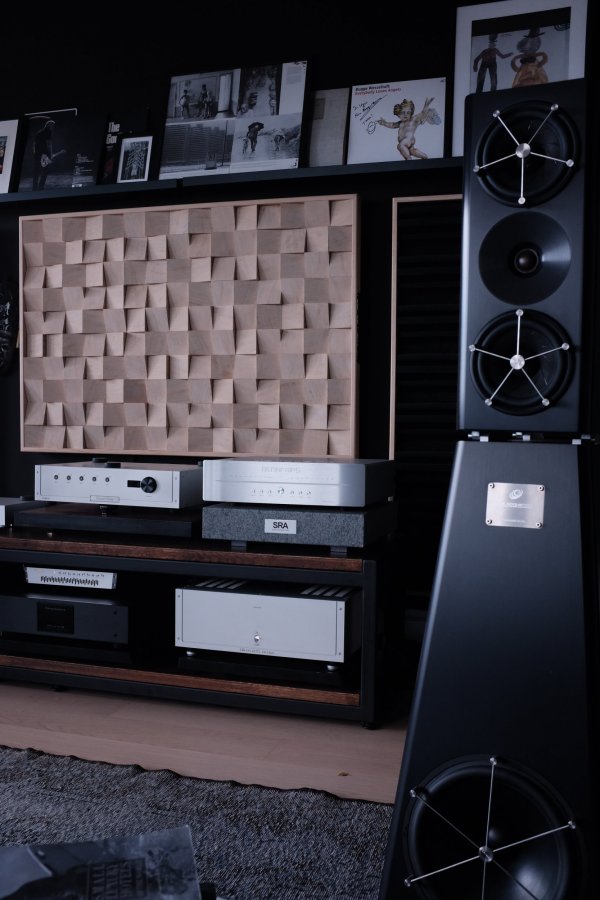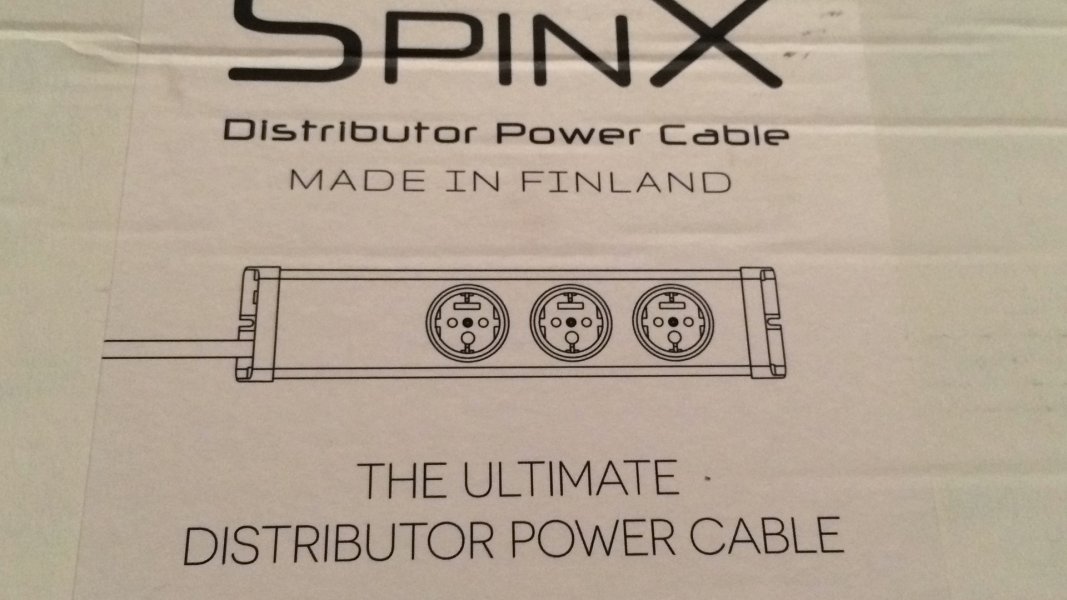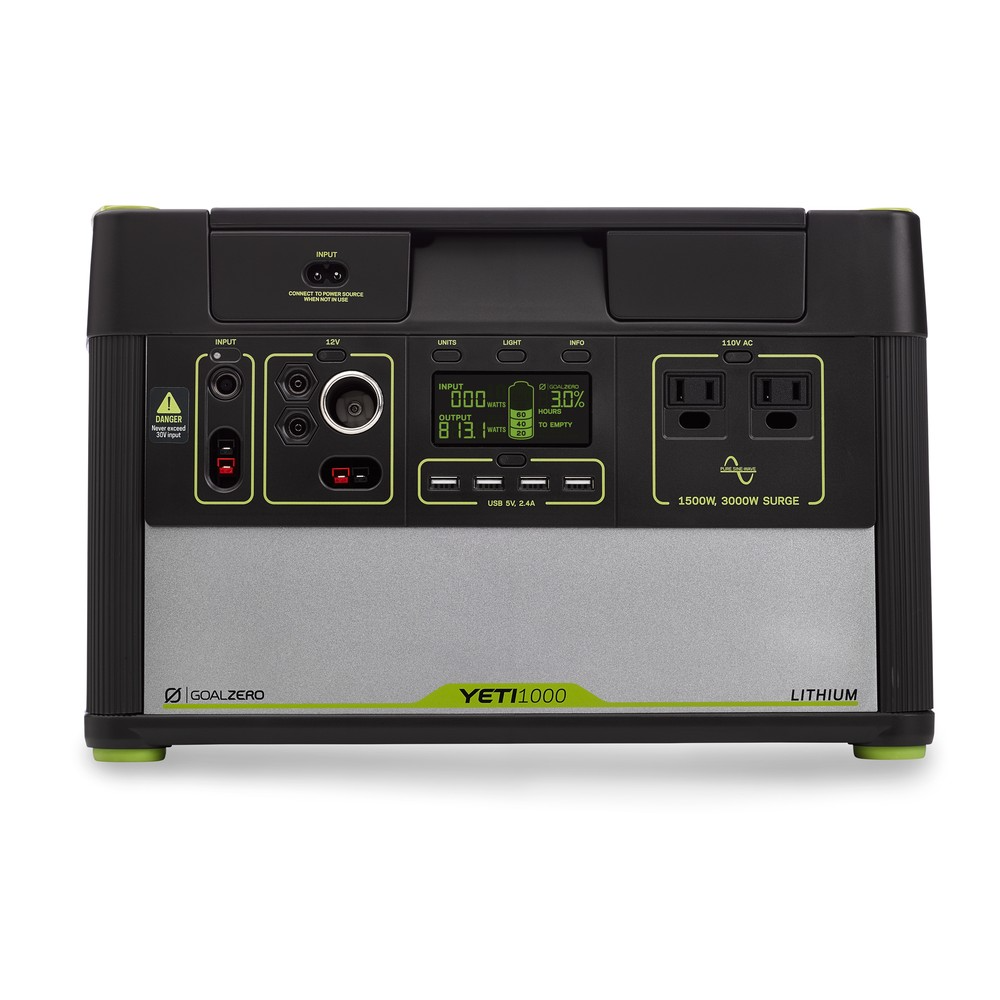Arrrgh!!!
I have a modest Wywires Digital Silver Juice II on the Iris and Digital Platinum Silver on the Terminator Plus and very pleased with the presentation.
You just planted the upgrade seed and now I can't stop watering it. It doesn't seem right to spend twice the amount on a PC as the DDC but if it's better.......
I have a modest Wywires Digital Silver Juice II on the Iris and Digital Platinum Silver on the Terminator Plus and very pleased with the presentation.
You just planted the upgrade seed and now I can't stop watering it. It doesn't seem right to spend twice the amount on a PC as the DDC but if it's better.......













![[IMG] [IMG]](https://static.wixstatic.com/media/4b933e_527d3885cbf048a08de56bae9a9b07b6~mv2.jpg/v1/fill/w_740,h_524,al_c,q_90/4b933e_527d3885cbf048a08de56bae9a9b07b6~mv2.webp)
